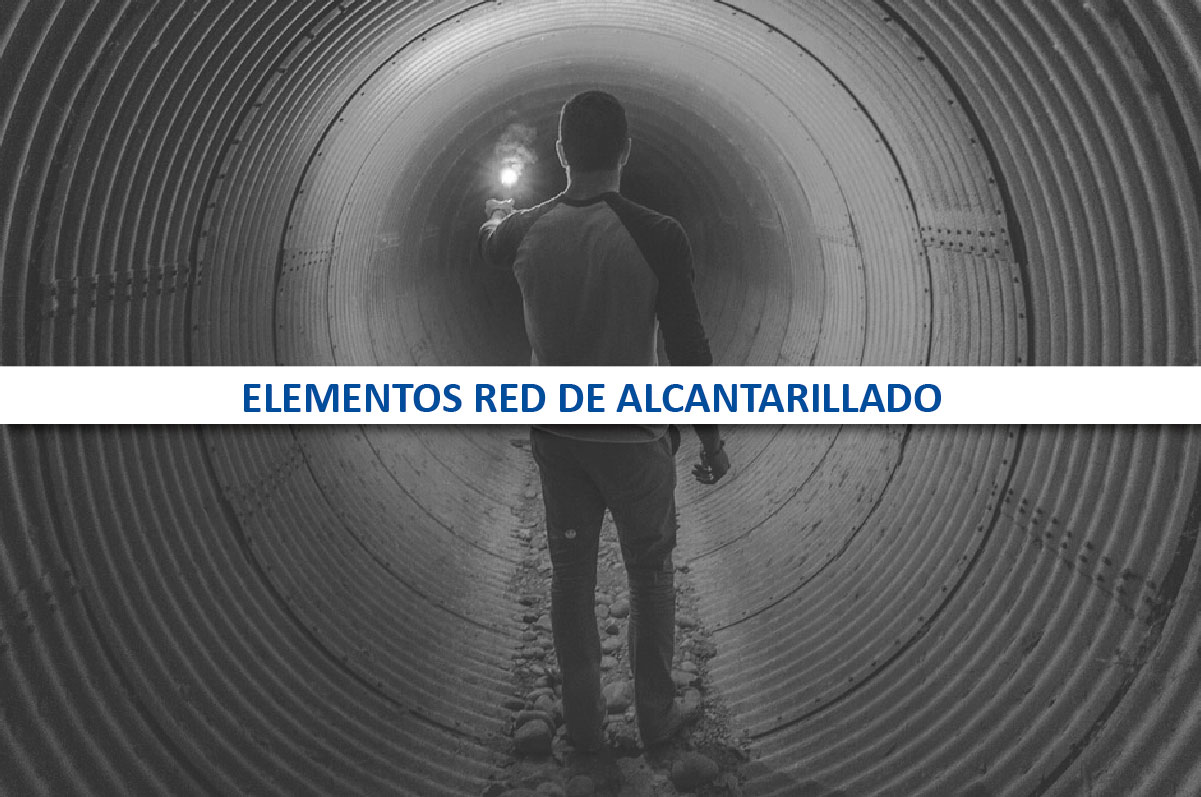If you have taken a look at our website, you will have seen that we are specialists in hydraulic installations in civil works as well as in the installation of a sewage system, among others.
Sí te interesa este tema, pero no conoces exactamente los componentes de esta instalación, sigue leyendo y te pondremos al día.
What is a sewage system?
It is a system made up of numerous pipes and other elements with the purpose of collecting and channeling rainwater, industrial or wastewater from the point where it was generated to the spot where it is treated and discharged.
Nowadays, the installation of a sewage system is mandatory in all European cities with more than 5,000 inhabitants. This installation will channel all wastewater from all dwellings.
However, in most developing countries it has not yet been implemented and they still do not have this sanitation process, which is so important for good water management in cities.
Installation of a sewage system
The following two parameters must be considered for the correct construction of a sewage system:
- As a consequence of the gravity operation of the sewage, the pipes must be slightly sloped to give the water speed and to avoid sedimentation and/or incrustations on the walls.
- Depending on the type of surface area of the city, it will be necessary to study whether it is necessary to install pumping stations to lift the water or not, in order to avoid increasing maintenance or construction costs.
Components of sewage systems
A sewage system must include a number of vital elements to achieve its aims. These are:
- Drains: subway space under the urban ground that conducts water to the sewers.
- Connections: set of elements installed outside the buildings that connect their drainage network with the main sewage system.
- Stormwater detention vault: tanks to retain the water coming from the collectors in order to avoid flooding in case of heavy rains.
- Collectors: they are in charge of collecting and transporting water from the drains to the main collectors.
- Interceptor outfalls: these outfalls will carry the water from the main collectors to the treatment plants or other places where they are to be discharged.
Also, there are other secondary components, which, although not primary, are also of great importance. These are:
- Street gutter: spaces where rainwater is collected on roads for subsequent channeling.
- Scupper: this element will be in charge of collecting rainwater from street gutters.
- Manholes: openings designed for easy access to sewage systems to allow easy maintenance.
Now that we have provided information on the sewage network system, in Llaberia Group we offer our quality services based on experience and we are ready to meet all our customers’ needs in this sector or in any other.
If you want to learn more about our civil work installations, click here
